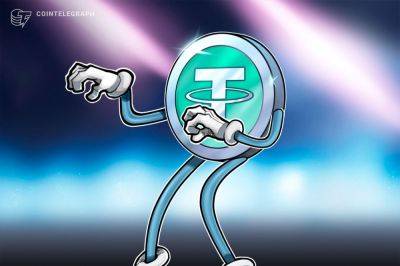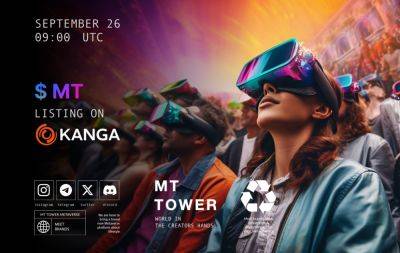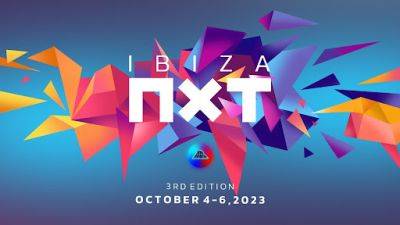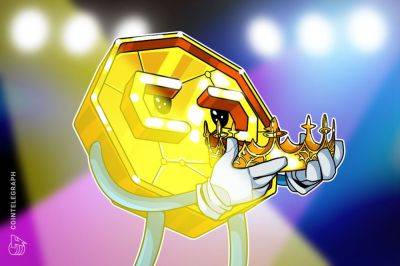AI has an energy problem — Blockchain is here to help
As the meteoric growth of AI and cloud computing takes an unspoken toll on the environment, blockchain-based distributed networks like CUDOS can create a sustainable future for AI.
In the past, Bitcoin (BTC) was targeted because of its high electricity usage and its consequent environmental impact. It took the combined effort of the mining industry and Bitcoin advocates to kick off numerous renewable energy initiatives, which resulted in the share of “green energy” in the Bitcoin mining industry growing to over 58%.
As Bitcoin carved a sustainable path into the future for itself, another technology started causing qualms in parallel with its explosive growth — artificial intelligence (AI). Sure, it’s fun to ask trading advice from ChatGPT or order a funny portrait of a president on Midjourney, but AI relies on countless power-hungry processors working in the background to deliver billions of user-generated prompts in seconds.
As both businesses and everyday users adopt AI, it’s easy to see that the environmental toll of AI use will only escalate from here. An MIT Technology Review report estimated that training just one average AI model emits the carbon dioxide equivalent of the lifetime emissions of five American cars, from manufacturing to scrapyard.
Generative AI tools like ChatGPT use computer chips called GPUs to handle calculations. For each question asked to GPT, some GPUs in a data center somewhere in the world are working extra hard to produce the answer, requiring more electricity as well as water to keep it cool and running. GPT-3, the older model, is calculated to use up to 500ml of water to generate answers to every 20 questions.
The hype surrounding AI triggers an overload for cloud computing as well. Along
Read more on cointelegraph.com






















